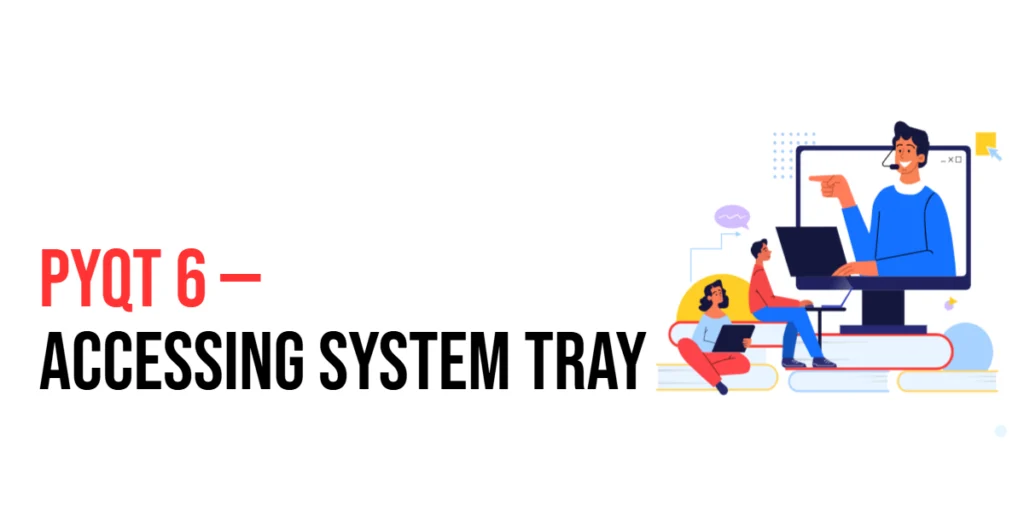PyQt6: Managing Window Geometry
Managing window geometry in PyQt6 is essential for creating applications that are user-friendly and adaptable to different screen sizes and resolutions. This article will guide you through various aspects of managing window geometry in PyQt6, including setting window size and position, handling resize events, and supporting multiple screens. Setting Up the Development Environment Before we […]
PyQt6: Managing Window Geometry Read More »









